Raw dog food has become increasingly popular in recent years. Naturally, Doodle owners want to provide their pups with the best food for optimal health and wellbeing. However, this topic has been controversial, as there are many veterinary professionals who advise against it.
Are you thinking about feeding your Doodle raw dog food? In this article we’ll discuss the benefits of raw dog food, the risks, what veterinary professionals say, and also cover some key ingredients.
So is it just a trend, or really something to look into? Let’s dive in.
Table of Contents
What is Raw Dog Food?
The raw diet for dogs has gained attention thanks to Australian veterinarian Ian Billinghurts. His idea was that dogs should consume foods that they’re naturally evolved to eat. The diet mainly includes raw meat, bones, and uncooked vegetables.
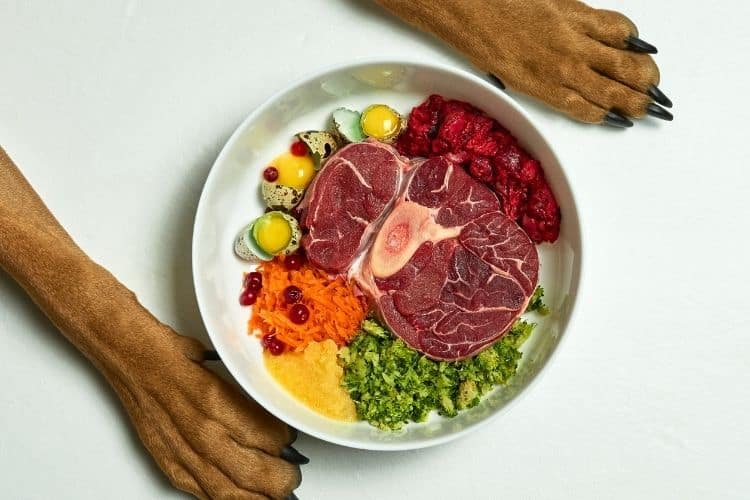
This alternative diet model created by Billinghurst is called Biologically Appropriate Raw Foods, or BARF for short. The BARF model ratios for dogs are: 70% muscle meat, 10% raw edible bone, 7% vegetables, 5% liver, 5% other secreting organs, 2% seeds and nuts, and 1% fruit.
Furthermore, the BARF model has paved its way to many different types of raw food diets for dogs. Many pet owners choose to practice raw feeding, but don’t follow the exact BARF ratios and guidelines. So, let’s have a look at what a raw food diet for dogs usually consists of.
Key Ingredients
- Muscle meat
- Organ meats like liver, kidneys, spleen, brain, sweetbreads (pancreas or thymus)
- Whole or powdered bones, meaty bones like beef tail and lamb neck
- Raw eggs
- Dog-friendly vegetables like broccoli and celery
- Dog-friendly fruit like apples
- A little bit of dairy like yogurt
Today, you can even find commercial raw food and freeze dried raw dog food on the market. Look for products that have been formulated to meet the nutritional levels established by the AAFCO Dog Food Nutrient Profiles. This statement should be found on the product label.
Best Raw Dog Food
Raw Feeding Pros and Cons
There are many potential benefits of a raw food diet for dogs. For example, providing raw food for your pet is a great way to have a complete overview of what you’re actually feeding them. You’ll know each and every one of the ingredients and don’t have to decipher complicated ingredient lists.
On the other hand, a lot of veterinarians have spoken up about why you should not feed your dog with only raw food. Let’s discuss the claimed benefits and risks of raw feeding for pets.
Benefits of Raw Dog Food
- Shinier coats
- Healthier skin
- Cleaner teeth
- Higher energy levels
- Calmer temperament
- More muscular body composition, smaller risk of obesity
- Less odor
- Smaller stools
- Better digestion
- Smaller risk of diabetes
Some experts say that the raw diet for dogs might be better than commercially available processed foods. Furthermore, pet owners who feed their dogs with raw food claim that their coat’s appearance improved almost immediately. Moreover, some owners who have dogs with digestive issues say that the raw diet suits them better.
However, some veterinarians say that the shinier coat can actually be because of the higher fat content in their diets. Therefore, a shiny coat can also be achieved with high-fat commercial pet food and/or supplements. (Source)
Risks of Raw Dog Food
- Bacteria and pathogens in raw meat that pose a threat to both humans and dogs
- Unbalanced diet that can be damaging in the long run
- Risk of choking, breaking teeth, or internal puncturing due to the bones.
Studies have shown that uncooked raw meats may be contaminated with different kinds of pathogens and bacteria. These include E-coli, Campylobacter, Listeria, Salmonella and Staphylococcus. Moreover, all of these organisms can cause infections in both humans and pets. (Source)
For instance, the American Veterinary Medical Association advises against feeding uncooked or unpasteurized meats and proteins to dogs and cats. (Source) On the other hand, they do recommend preparing home-cooked meals for pets, as long as the nutritional profile is balanced.
In addition, a raw diet can often be unbalanced. Consequently, this causes nutrient deficiencies or excesses, which may lead to health problems in the long term. For example, if your dog has a medical condition, a high protein diet may not be suitable at all. Or if the diet consists of too much liver, it can cause vitamin A toxicity.
Alternatives to a Raw Food Diet
If your main reason for looking into raw dog food is to be in complete control of the ingredients going into your pup’s body, try doing homemade dog meals instead.
Nevertheless, you should discuss this with a certified dog nutritionist. This way you can be sure that your Doodle gets all the nutrients in a balanced way – this is what makes your Doodle healthy and happy!
Also, not all commercial dog foods are bad. It all comes down to the brand and their food quality. Further, pet food labeling is strictly controlled by the FDA. And again, look for products that have met the AAFCO Dog Food Nutrient Profiles requirements.
To conclude, the raw dog food diet has its benefits and risks. If you’re toying with the idea of raw feeding your pets, we strongly advise that it should be done following your veterinarian’s guidance.
You should keep in mind that all dogs are different. In case your Doodle has any underlying health issues, you should do exactly as your veterinary professional says. Keep in mind that this might mean sticking to commercial or cooked dog food.
If you do decide to transition your pup to a raw dog food diet, it may take some time. Their digestive system has to get used to the new diet, just like yours would. Canine Journal has a great schedule prepared that you can check out.
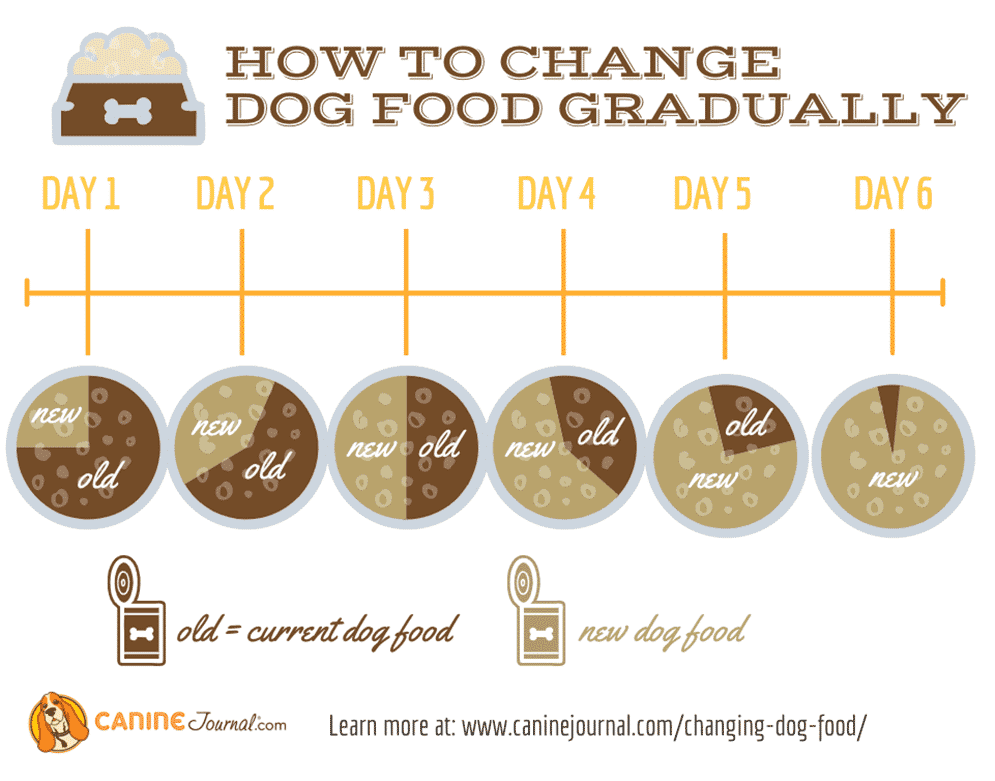
Has your Doodle tried a raw dog food diet? Feel free to leave us a comment, as we’d love to hear your thoughts and experiences!
Learn How to Care for Your Doodle Puppy!
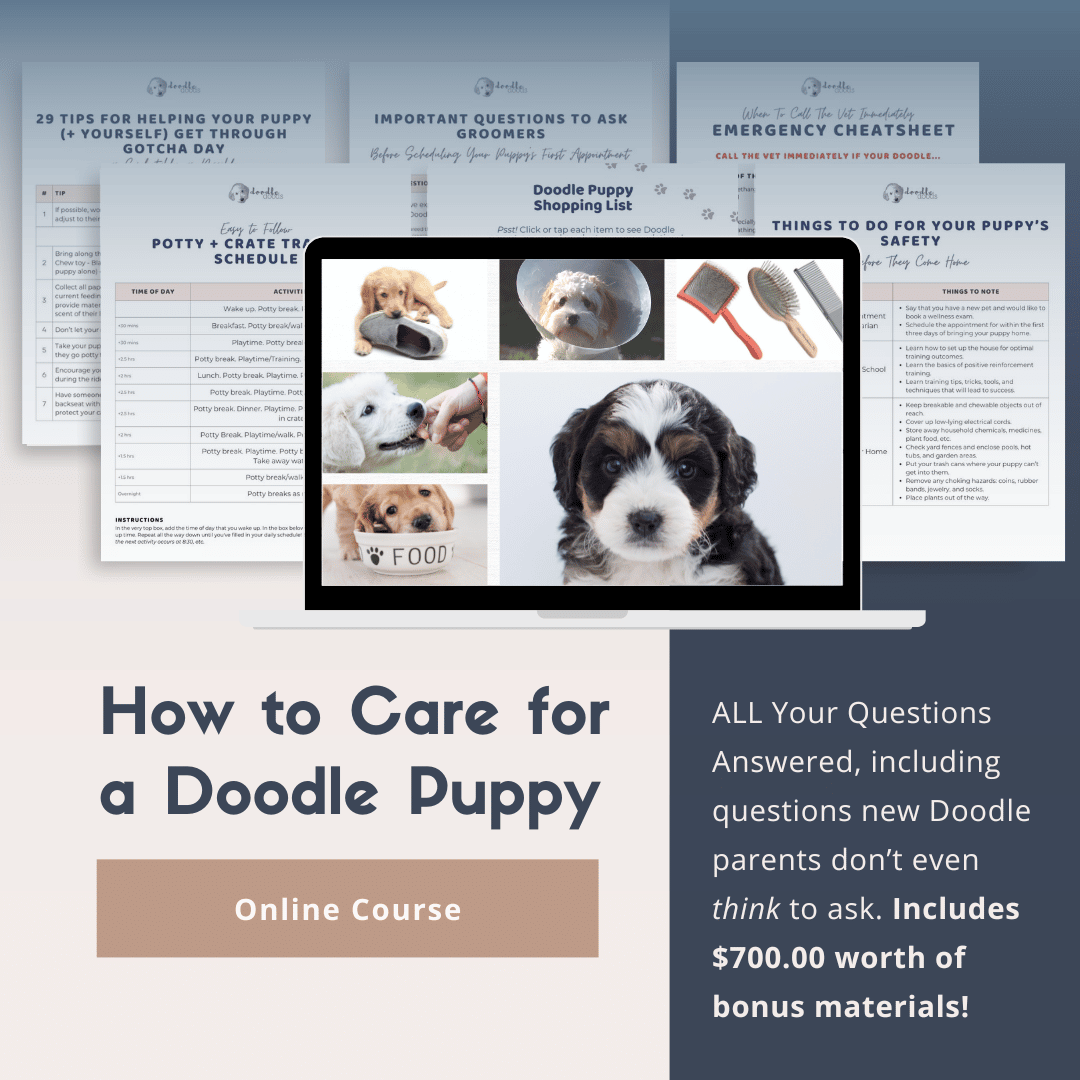
Perfect for first-time Doodle parents, get ALL your questions answered, including questions new Doodle parents don’t even think to ask.
Plus, get $700 worth of Bonus Materials for FREE, including:- Doodle Parenthood Community and Support Group ($190 value)
- Doodle Puppy Growth Tracker ($20 value)
- EMERGENCY Cheatsheet: When To Call The Vet Immediately ($50 value)
- HELP! Button ($145 value)
- And SO MUCH MORE!
The information on this page is for informational purposes only. It is not intended to be a substitute for qualified professional veterinary advice, diagnosis, or treatment. Always seek the advice of your veterinarian or other qualified animal health provider with any questions you may have.

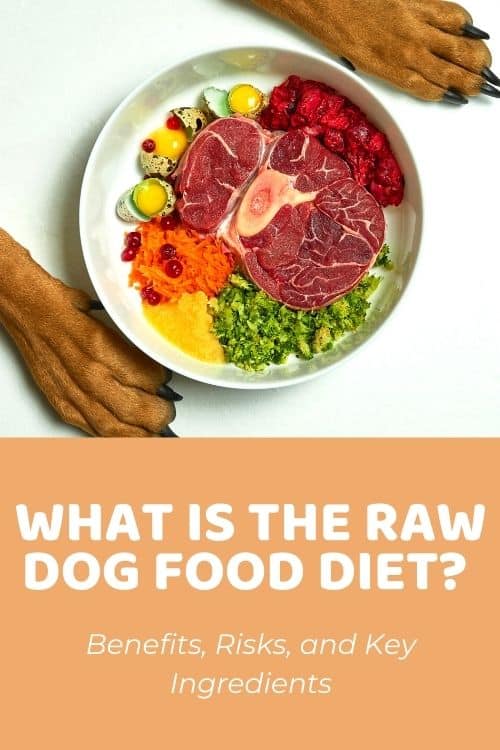
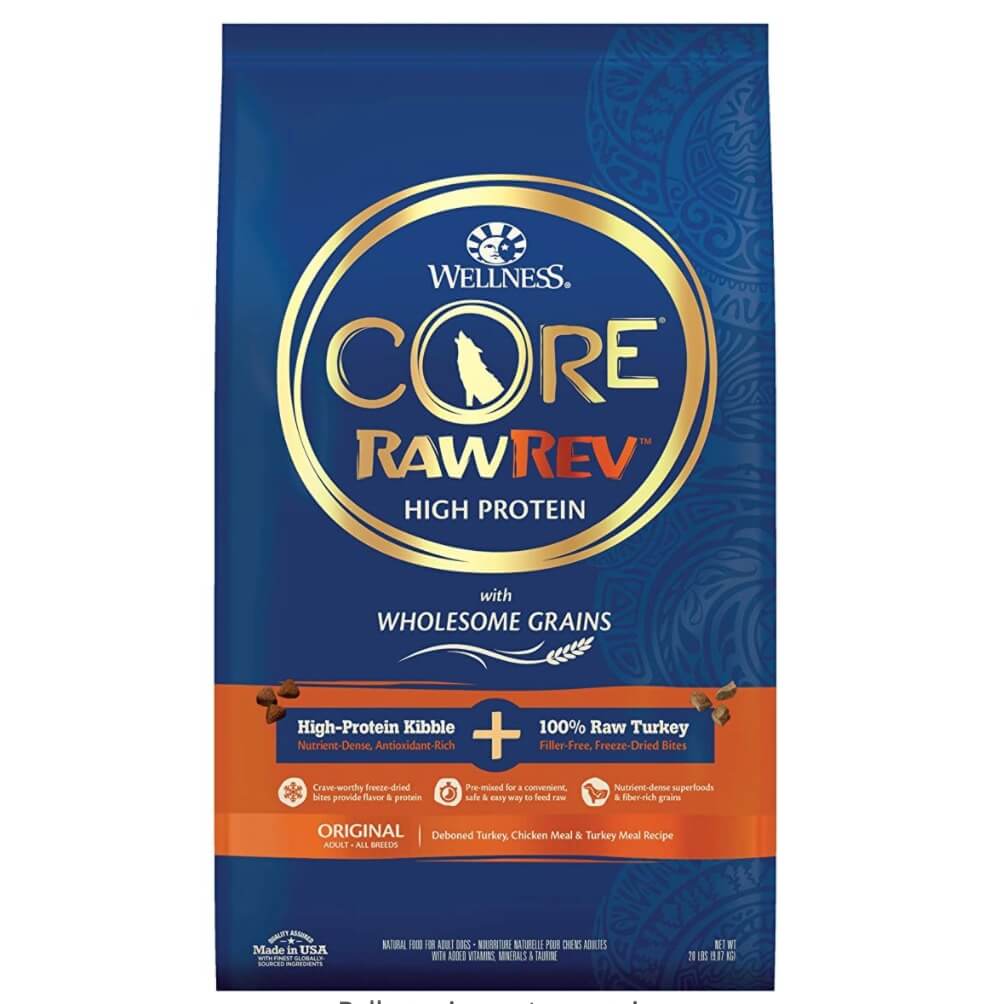
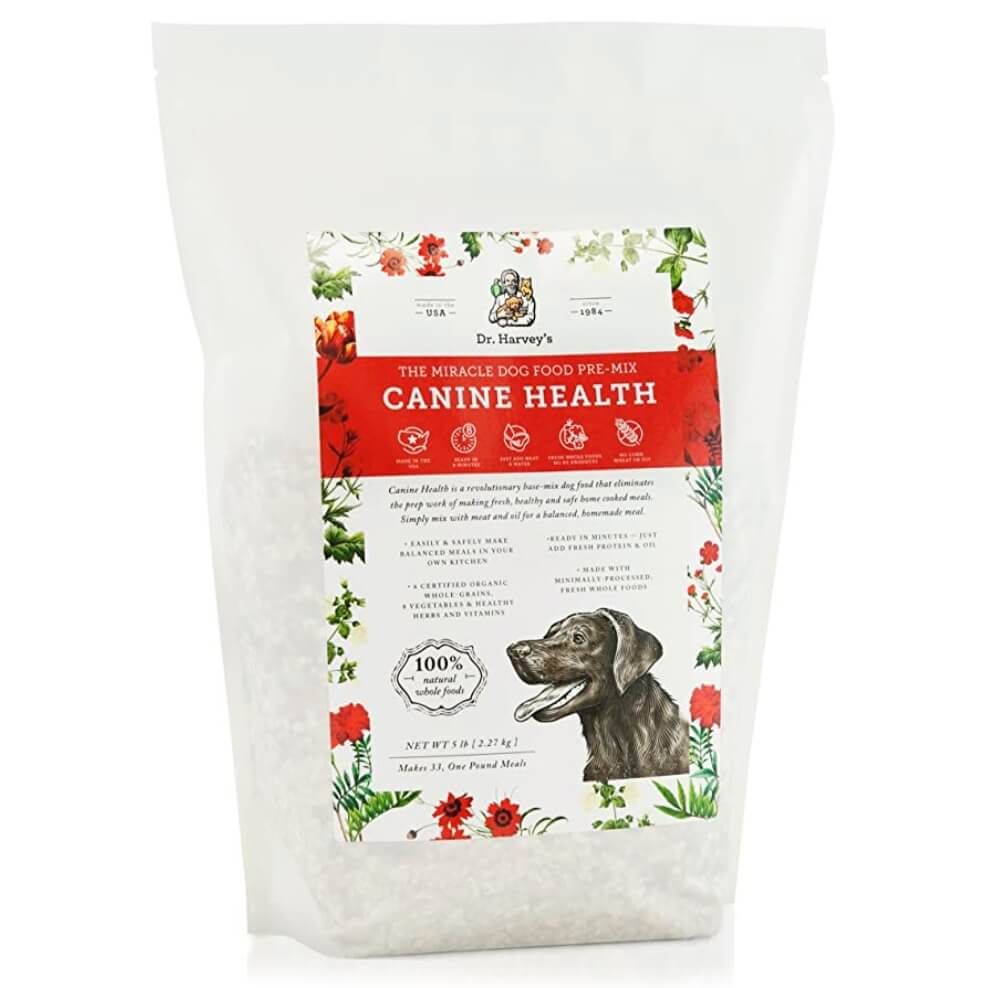
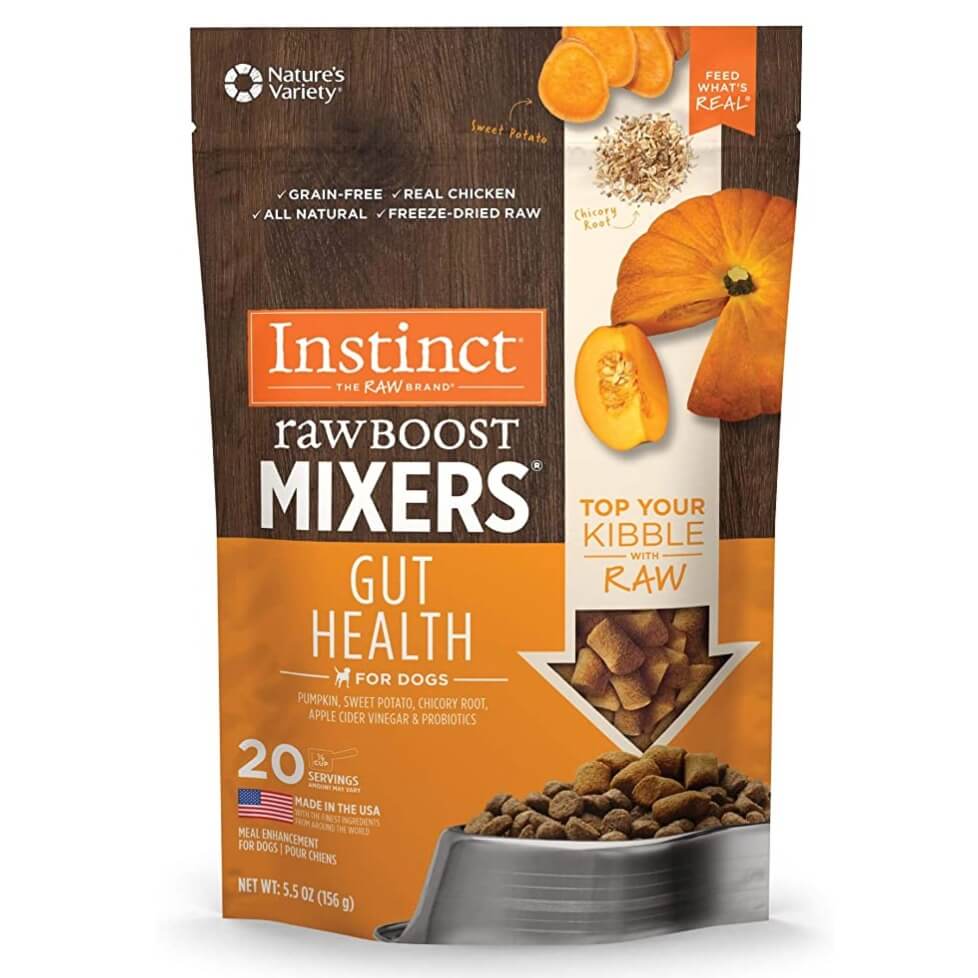
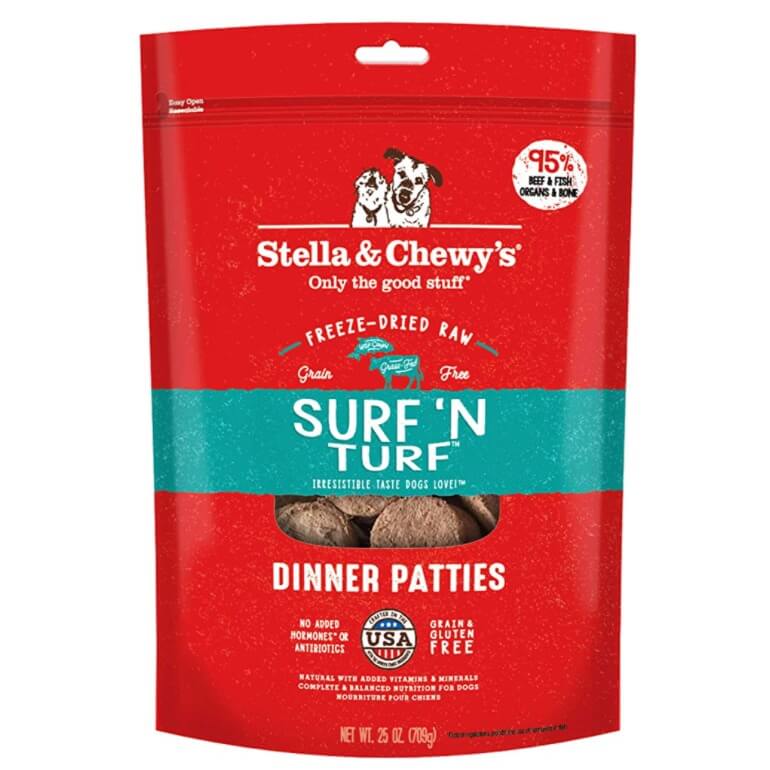
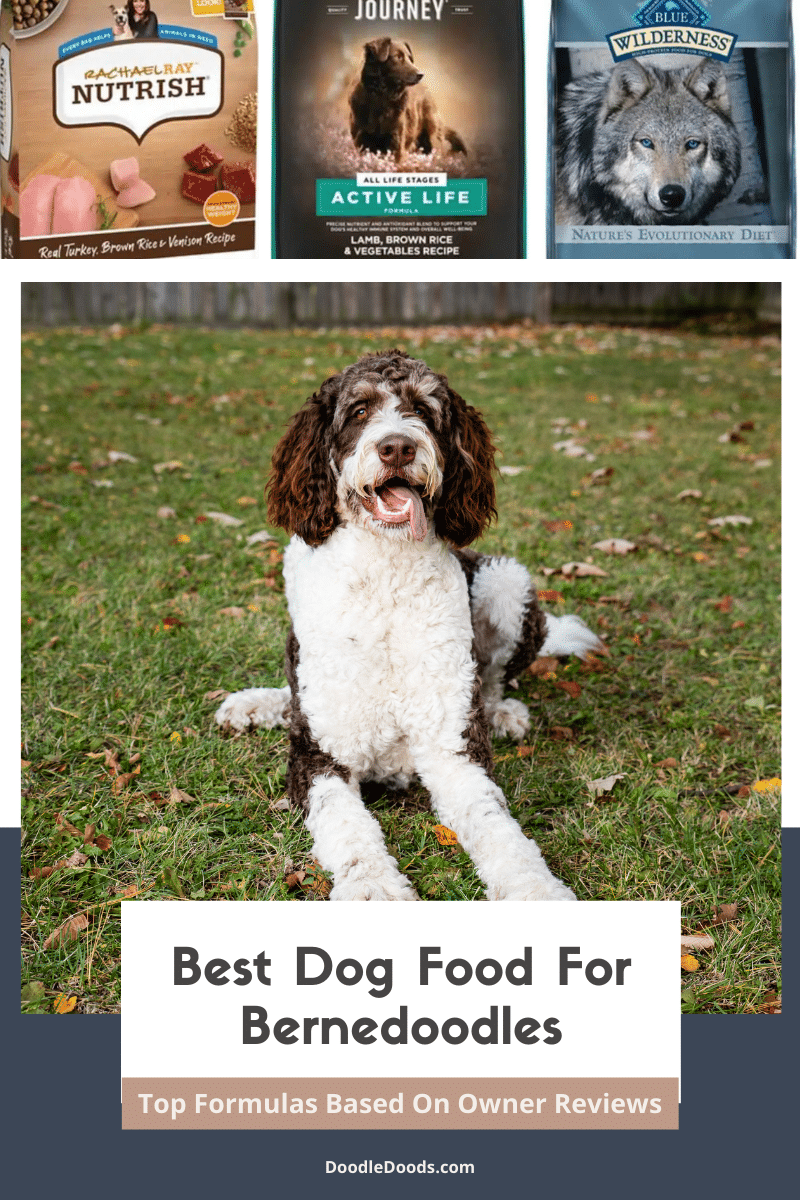
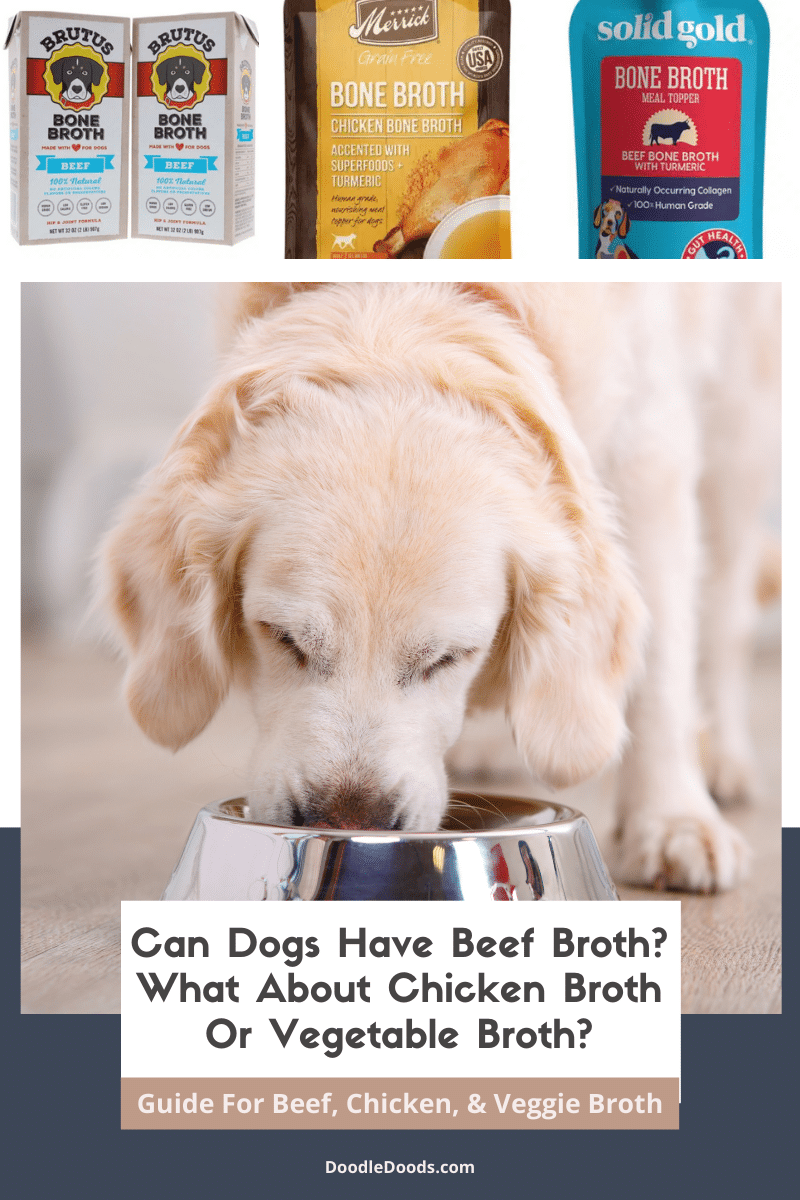
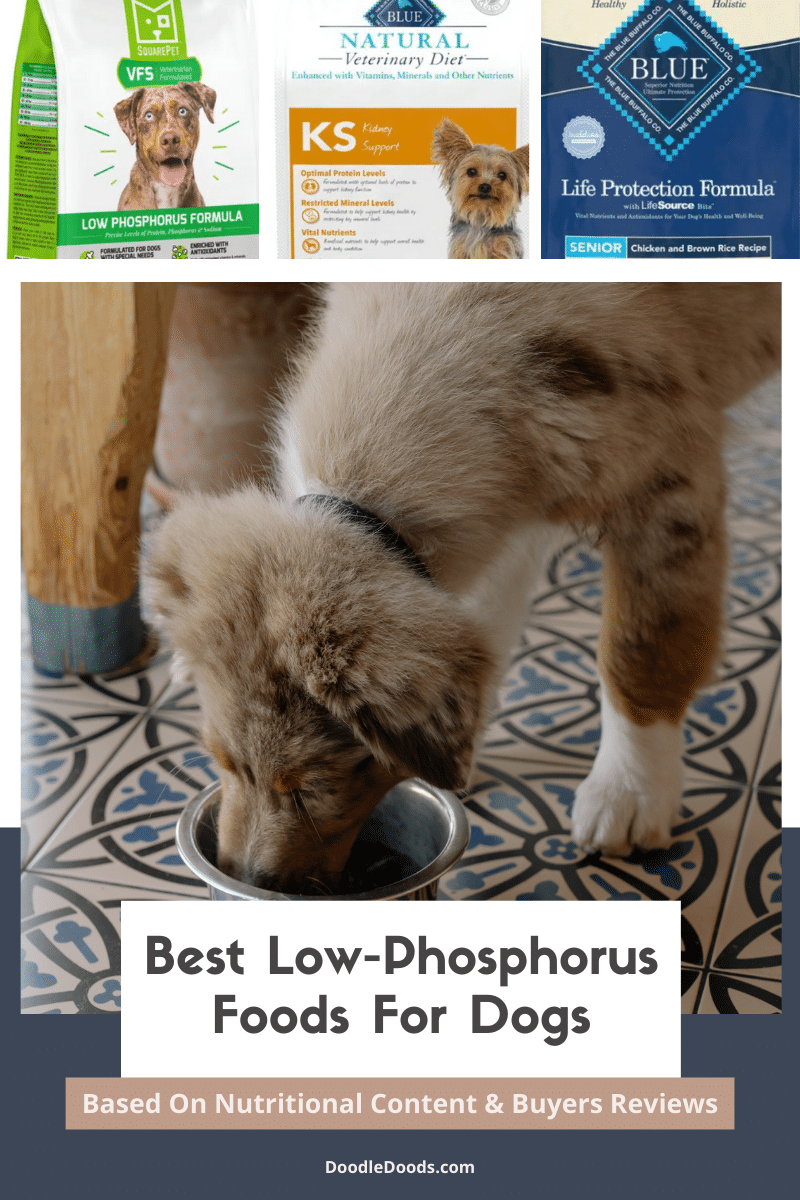
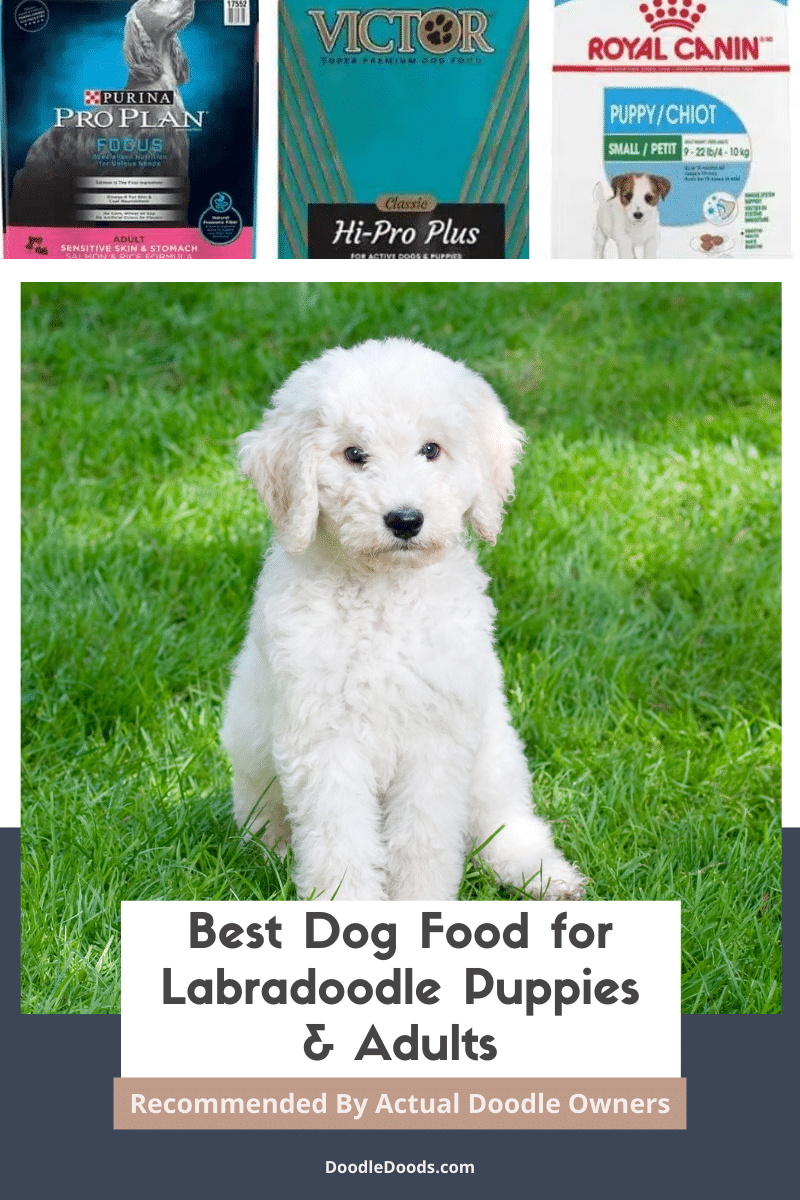
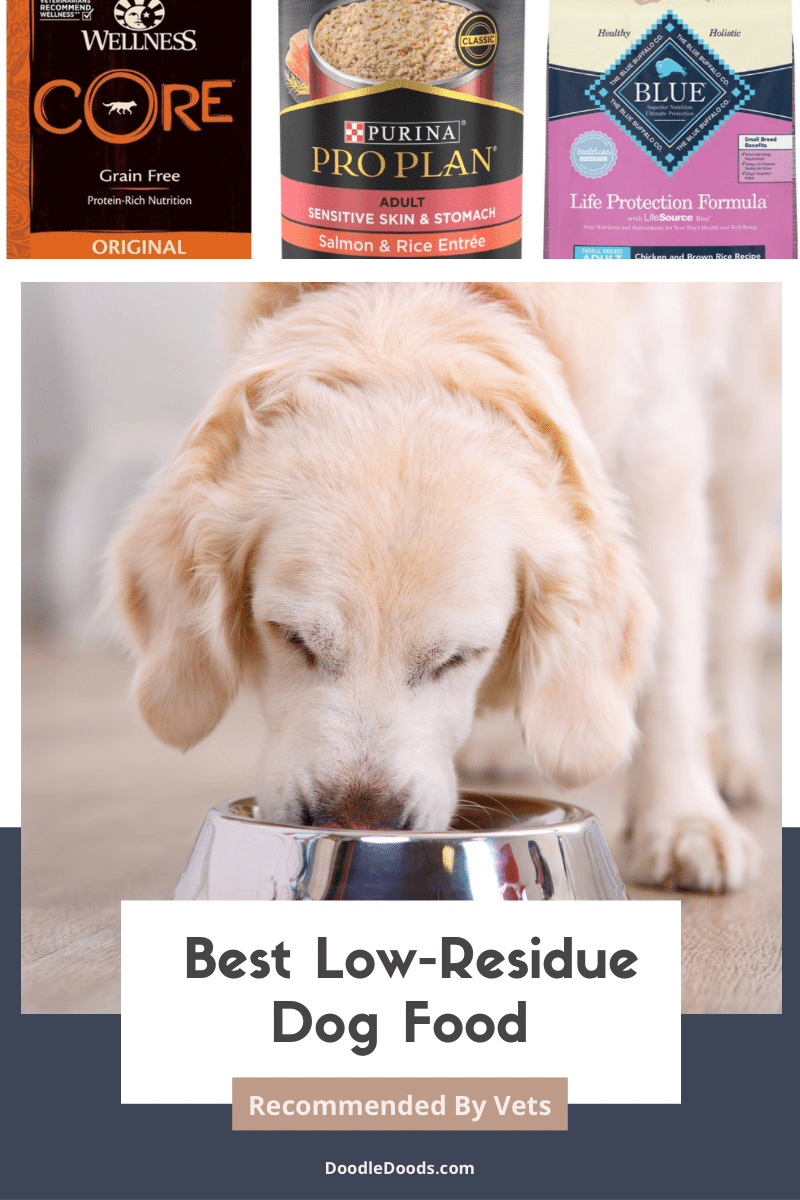
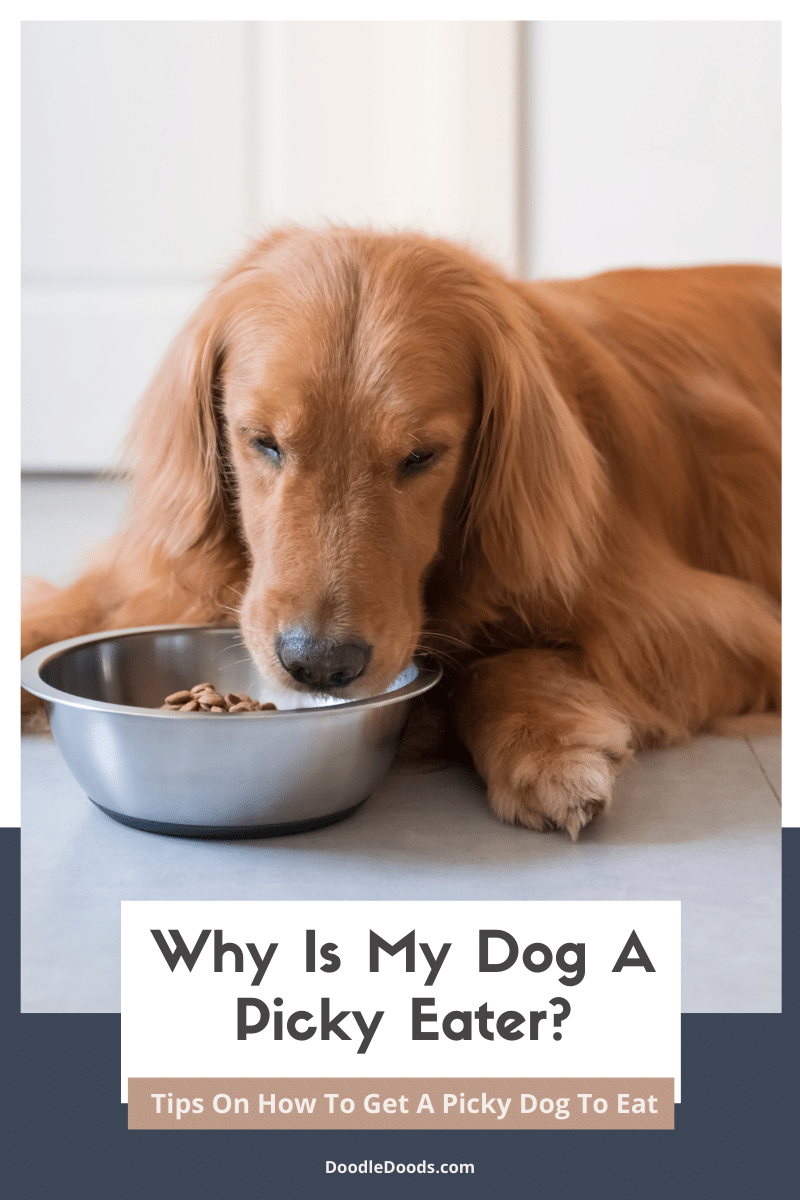

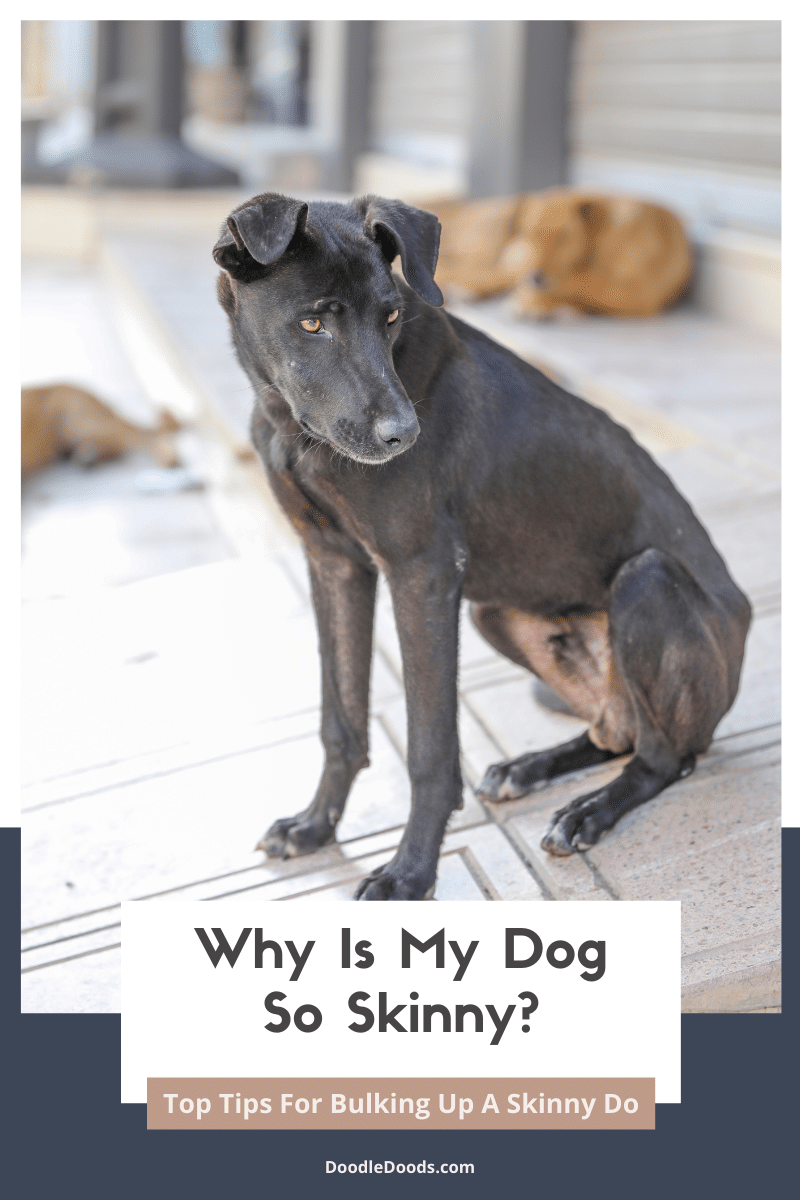
Hi there ♥
December 17, 2021 at 8:05 amThanks for the amazing post.
My dogs have been on natural food for some time, but I’m always looking for more information and your article has helped me a lot.